A faithful and competent adaptation of H.P. Lovecraft’s source material, “Witch House” mostly succeeds but still leaves you wanting more.
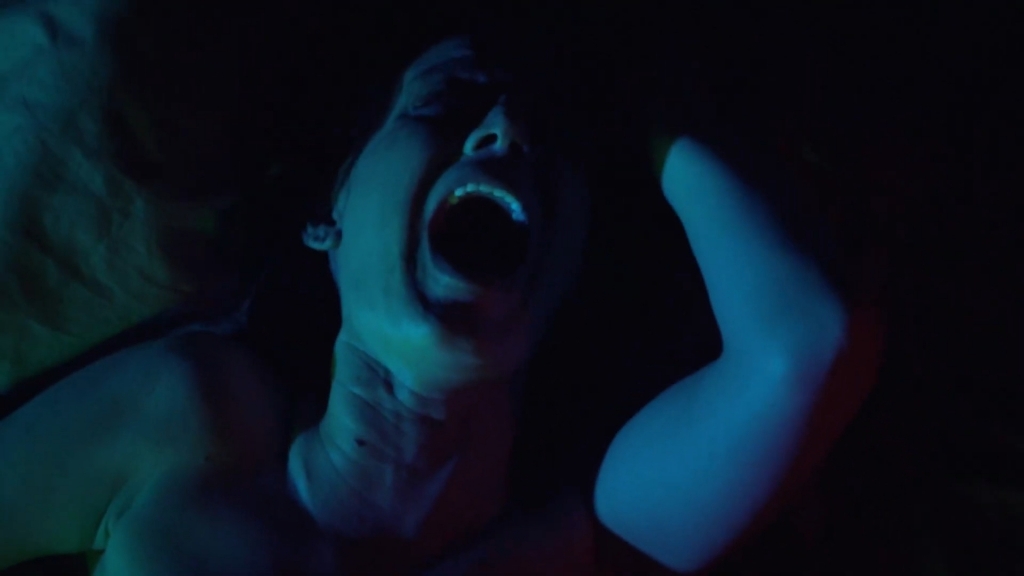
These days, starting a review of an H.P. Lovecraft adaptation by touching on his deeply complicated and highly problematic legacy is almost a cliche in and of itself. Lovecraft is undeniably a highly influential figure in modern horror. His works have long been ripe for adaptation by budding filmmakers; Stuart Gordon, for one, made his name crafting bloody, over-the-top modern adaptations of Lovecraft’s stories.
His name automatically lends a certain level of prestige to low-budget projects; it’s instantly recognizable to pretty much any horror fan and conveys a great deal about what to expect from the movie without even seeing a single frame.
But in a modern context, it’s hard to avoid the other connotations that Lovecraft’s name invokes — namely, his unapologetic and virulent racism.
Some projects, like Matt Ruff’s Lovecraft Country and Misha Green’s subsequent HBO adaptation, attempt to grapple with his legacy, acknowledging its influence while not shying away from the less savory aspects. Many others, like Bobby Easley’s Witch House, take a more “separate the art from the artist” approach, focusing on Lovecraft’s storytelling while avoiding discussion of Lovecraft the man.
Maybe it’s my own bias creeping in. Still, I can’t help but wish Easley and co-screenwriter Ken Wallace had sought a more postmodern approach to adapting Lovecraft in 2022, or at least brought in some element of camp or self-awareness that shows us they acknowledge the murky waters they’re wading in. Instead, they play it pretty much straight.
On the one hand, I can respect this decision; plenty of people choose to separate the work from the person who made it, not exactly denying their faults but considering it irrelevant to the work itself.
For me, it’s not a one-size-fits-all kind of thing, and we all have to decide for ourselves what we’re willing to accept from our favorite artists.
There are plenty of artists whose work I still love who have done objectively awful things, and there are plenty more whose behavior outside of their work is unacceptable to me. We each have to decide what we’re willing to, if not overlook, then allow to exist alongside our enjoyment.
Based on Lovecraft’s short story “The Dreams in the Witch House,” Easley’s film is a pretty faithful adaptation, updated for a modern context.
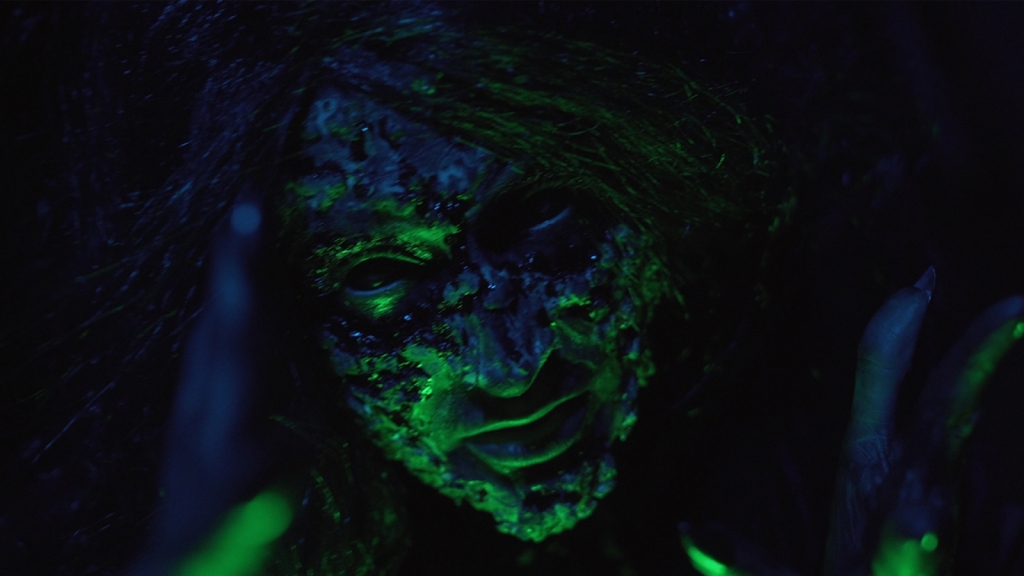
Alice (Michelle Morris) is a graduate student studying trans-dimensional travel (what kind of university would engage in such far-out subject matter, I’m not sure) who’s been hiding out at her friend Kelly’s (Erin Trimble) house after her scumbag ex-boyfriend (Andrew Hutchinson) severely beat her, causing her to miscarry.
Afraid he’ll figure out where she is, Alice moves into the attic of Hammond House, a stately old home with a history of residents dabbling in the occult (the filmmakers shot in the real Hammond House, an Indianapolis mansion with its own history of hauntings).
The home is run by the surly Etta (Shonda Laverty), who lives there with her bible-thumping brother Joe (Joe Padgett) and her kind niece Tommi (Julie Anne Prescott), with whom Alice shares an almost instant attraction.
The attic seems to possess a particular geometry for opening up a door between dimensions.
As Alice explores the house’s disturbing legacy, she loses her grip on reality, plagued by troubling dreams of another world and an entity that wants to find a way through to ours, using Alice as a vessel (content warning for demon rape and forced pregnancy here).
Is Alice just experiencing nightmares, or are these real glimpses into the beyond? If you’re reading this, you probably already know the answer.
Some of Witch House’s modernizations work well, particularly the switch to a female lead and making space for a queer romance that feels natural and refreshingly unremarkable.
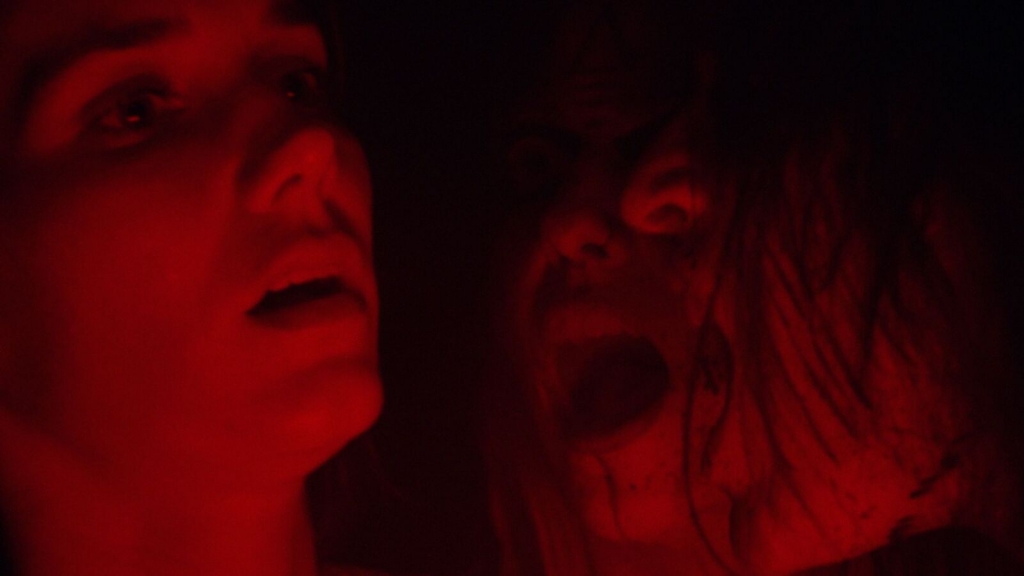
But the larger implications of its story remain unexplored.
It’s implied that the house’s history with the occult began with a servant named Keziah (Andrea Collins), who was burned at the stake for dabbling in dark arts. But the filmmakers choose not to engage with the subtext that invariably goes along with the image of women accused of engaging in witchcraft.
I don’t mean to accuse the filmmakers of not engaging in things they had no intention of engaging in; it’s clear that they wanted to make a straightforward Lovecraft adaptation and stay out of the larger political discussion around it, and I can respect that.
His stories continue to have timeless appeal and have left their mark on pretty much every horror writer who’s followed him, and odds are they’ll continue to have an impact for years to come.
It’s clear that much care and intention went into making this film; it’s obviously a low-budget project, and they make the most of their limited resources.
It’s well shot by cinematographer James Brenton, making strong use of color and shadow (even if the scenes shot in near-darkness get a little murky), and editors JDB & Joe Petrilla effectively blur the line between dream and reality.
The cast makes up for their lack of polish by committing fully to the madness; Morris, in particular, makes for a likable protagonist, even when the script has her spouting pseudoscientific hoo-hah that would likely flummox even the most experienced actor.
There’s a lot of potential here, and maybe it’s just my critical eye getting in the way, but I can’t help but feel like they could’ve gone deeper and made something more impactful.


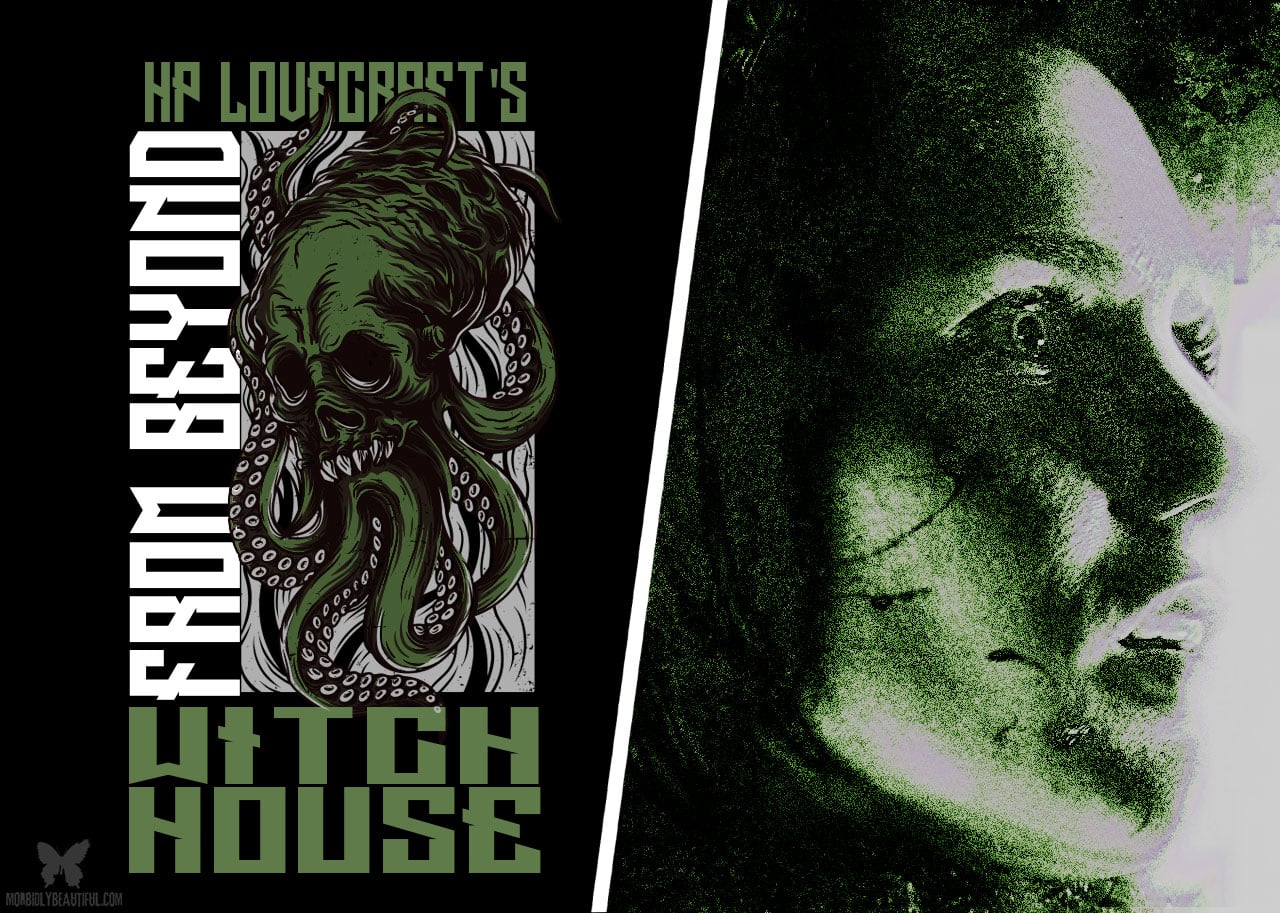
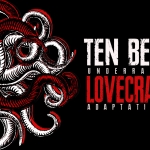
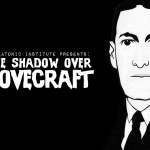



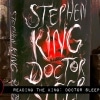
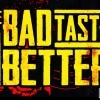



Follow Us!